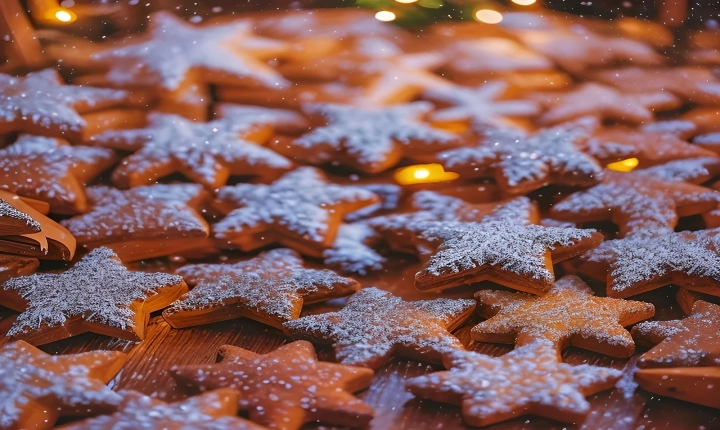Artificial intelligence (AI) has made significant strides in recent years, and its influence is extending into the world of art. AI art, produced by machines programmed to imitate human creativity, has become an increasingly popular topic of conversation in the art world. So, how do AI art works and what are the implications of this burgeoning technological art form?
At its core, AI art is created through the use of machine learning algorithms which are trained on large datasets of existing artworks. These algorithms analyze patterns, styles, and techniques present in the dataset, and then attempt to replicate and synthesize those elements to generate new pieces of art. This process often involves the use of neural networks, a type of AI architecture inspired by the human brain, which learns to understand and generate art by recognizing and mimicking patterns within the data.
One of the key methods for creating AI art is through the use of Generative Adversarial Networks (GANs). GANs work by pitting two neural networks against each other in a kind of creative duel. One network generates new images, while the other network evaluates those images and gives feedback. This process continues until the generating network creates images that the evaluating network cannot distinguish from real human-created art. This dynamic process allows for the creation of hyper-realistic and often mesmerizing artworks that can be indistinguishable from pieces made by human artists.
AI art is not limited to visual art either. It has also made inroads into areas such as music composition, poetry, and even dance. In all these disciplines, AI is used to analyze existing works and create new pieces that often surprise and challenge our notions of what is possible in the realm of creativity.
The implications of AI art are wide-ranging and continue to provoke debate. On one hand, critics argue that AI art represents a threat to the livelihood of human artists. There are concerns that if machines can replicate human creativity, human artists may struggle to find an audience for their work. Additionally, there are ethical concerns about AI art creation, such as issues of intellectual property and the question of who really owns the art – the machine or the programmer who trained it?
On the other hand, advocates of AI art argue that it has the potential to open up new frontiers of creativity and expression. By working in tandem with AI, human artists can access new tools and perspectives that can enhance their work. Moreover, AI art can democratize the creation of art, allowing a wider range of people to engage in the creative process, regardless of their technical skill or artistic training.
The intersection of AI and art also raises philosophical questions about what it means to be creative and whether machines can possess a form of artistic sensibility. Can an AI-generated artwork convey human emotions and experiences? Can a machine truly understand the meaning and intention behind an artistic creation?
Regardless of the debates surrounding AI art, it is clear that this emerging field is here to stay and will continue to evolve. As AI technology advances, so too will its capabilities in the realm of creative expression. The fusion of human and machine creativity promises to push the boundaries of what art can be and challenge our assumptions about the role of technology in the artistic process. Whether it augurs a bright new era for art or signals a threat to human creativity, one thing is certain – AI art is a fascinating and thought-provoking phenomenon that will continue to captivate and inspire artists and art lovers alike.
